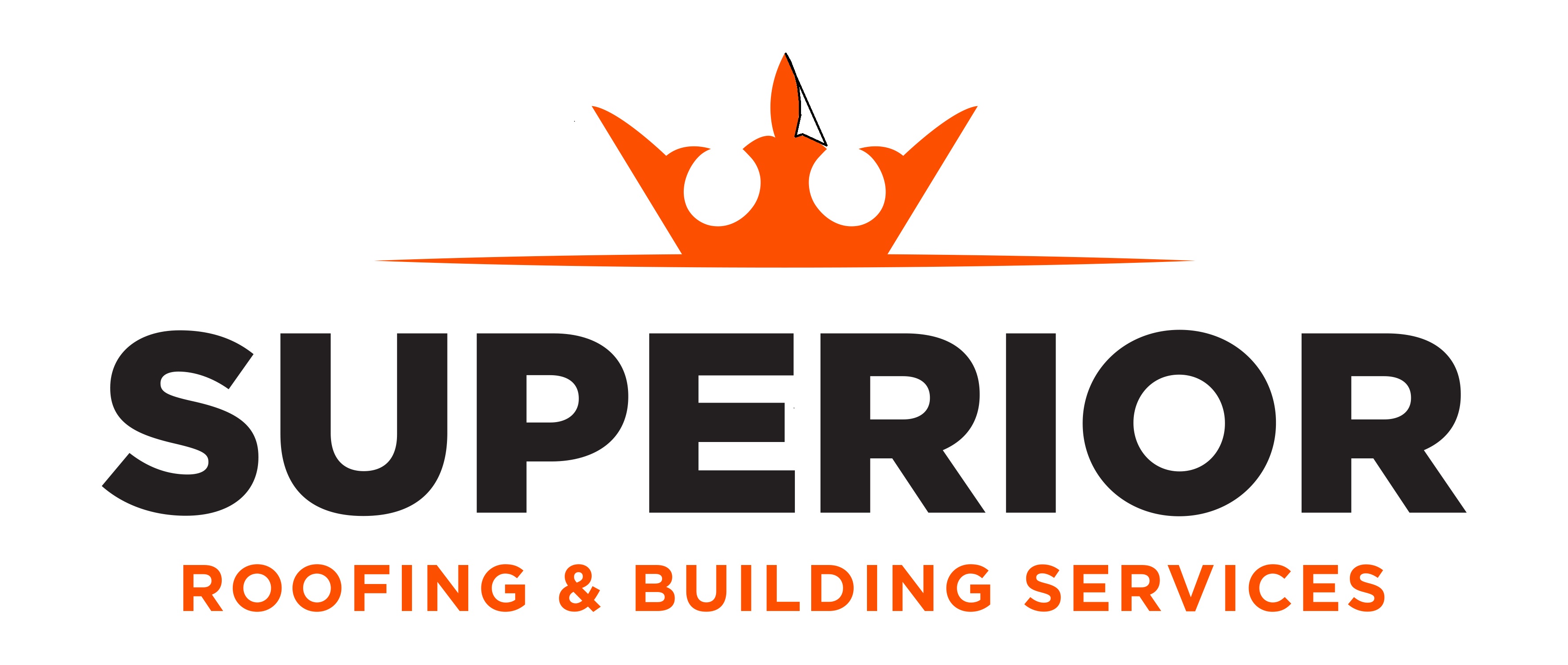Title Page
-
Conducted on
-
Prepared by
-
Location
Harness & Lanyard Inspection
-
Unique serial number
-
Dee ring Check D Rings for distortion, cracks, breaks, and rough or sharp edges. The D ring should pivot freely
-
Dee pad
-
Nylon webbing Grasp the webbing in your hands 6-8 inches apart. Bend the webbing in an inverted ‘U’. The surface tension makes damaged fibres or cuts easier to detect. Follow this procedure for the entire length of the webbing, inspecting both sides of each strap. Look for frayed edges, broken fibres, pulled stitches, cuts, burns and chemical damage
-
Attachments of buckles and clips Inspect for any unusual wear, frayed or cut fibres, or broken stitching of the buckle or D ring attachments
-
Stitching No missing, incomplete, damaged, or frayed stitching Check by looking and feeling the stitching
-
Fitting The harness fits properly and snug. Able to tighten easily
-
Training You are trained in the safe use of harneses
-
Lanyard Not frayed, cut or worn
-
Lanyard links No deformities, corrosion or cracks
-
Lanyard Suitable length 1m for MEWP Fall restraint - no shock absorbers
-
Contamination Make sure you do clean after use
-
If there are any defects DO NOT USE - take a picture of the defect and inform your supervisor immediately
-
Take pictures of the harness and lanyard
-
Full Name of person completing the inspectin








